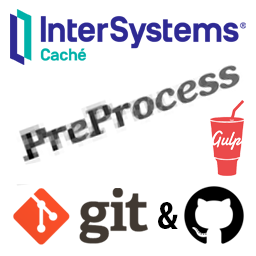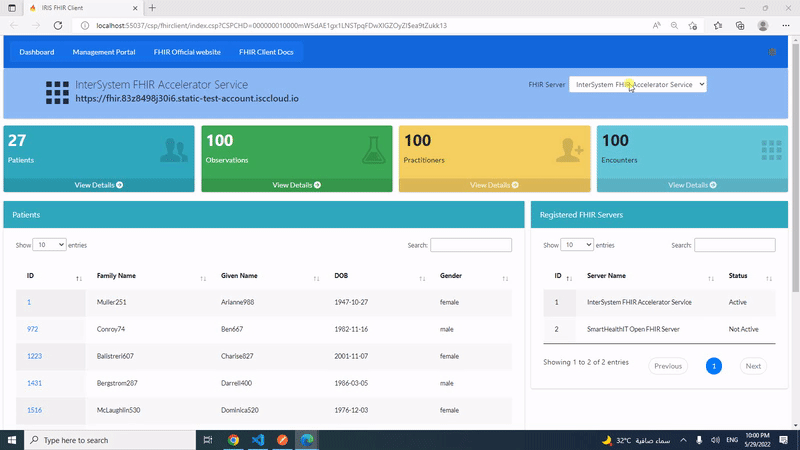Earlier this year I announced availability of a VS Code extension for coding in ObjectScript, Embedded Python or SQL using the notebook paradigm popularized by Jupyter. Today I published a maintenance release to correct a "getting started" problem.
Here's a video of the installation steps from the extension's README:





(1).png)


.png)